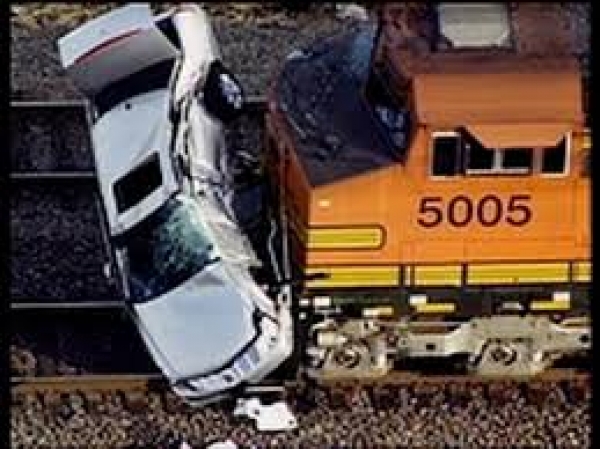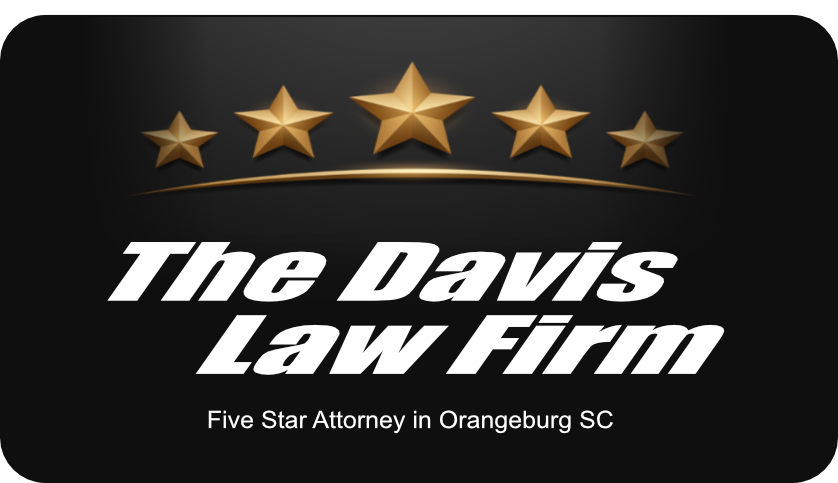Liability For Railroad Crossing Accidents
A train hits a car somewhere in The United States approximately once every 3 hours, according to Operation Lifesaver, an organization committed to decreasing the number of injuries and deaths around railroad tracks/crossings. Moving freight by train persists as one of the most effective and most-used ways of moving freight around the USA. The United States Department of Transportation demands continued growth over the next several years in the use of train networks for the transportation of goods and people. There are more than 250,000 crossings throughout the U., and over 96% of all train accidents happen at these crossings. Almost 1/4 of these crossings are unprotected, they do not have flashing lights or swing-arm gates at the intersections to alert motorists of an oncoming train. After a collision as possibly catastrophic as a train wreck, it is reasonable to question who or possibly what might have been the reason for the accident, and where legal liability rests. Liability of the Railroad Company Operating the Train Just like any person/company who operates a vehicle on a highway, the railroad also has a responsibility to operate its trains in a secure and careful manner. These duties refer to a number of "categories" of railroad operations. A violation of any of those duties may create negligence and result in an accident with a vehicle. A railroad’s duties may include: -Proper training of people operating the train -Ensuring that the train crew is not fatigued, or under the influence of any drugs/alcohol -Making sure that the train’s crew correctly sounds the train’s warning whistle/horn as it approaches -Ensuring that the train is going within the speed limit and Liability of the Railroad Company that Owns the Track Trains don't just travel on tracks controlled by their parent railway company, but frequently on railway lines controlled by other railroad companies. As a result, if a vehicle to train collision happens at a railroad crossing, the company that manages the train may not be the same company responsible for other safety features at the crossing. A railroad that controls a track line doesn’t own only the narrow strip of land on which the track sits on. The company also owns a width of land on either side of the track. Concerning crossings, this ownership inflicts many duties that can frequently affect the overall security or safety of a railroad crossing. These duties include: -Proper maintenance and installation of lights and gates at appropriate crossings -Generally ensuring that approaching motorists to have clear lines of sights at crossings by removing obstructing objects Liability of the Train Designer or Manufacturer Depending on the conditions of the vehicle-train accident, the reason for the accident may be associated with the design of the train or components on the different cars. Many electrical and mechanical systems play essential roles in the amount of safety given around trains. This includes: -Warning whistles, bells, and horns -Flashing headlights and warning lights -Brake systems on locomotives and freight cars Liability of the Local County or City In unique circumstances, the condition of the vehicle roadbed through the crossing may play an important role in creating a collision with a train. Depending on the area of the crossing, the design, liability for construction or maintenance of the train roadbed could fall to the county or local municipality. If the roadbed was poorly created or maintained, it is probable that the county or city may be legally responsible for any injuries endured at a railroad crossing accident. Liability of the Automobile Driver Finally, we cannot overlook that choices made by the operator of the automobile oftentimes play a role in accidents with trains. Drivers may try to drive around crossing gates, assuming that enough time is available to cross the tracks before the train comes. If you are a passenger in a car that is included in an accident with a train at a crossing, the operator of your vehicle may also be legally responsible for your injuries depending on the circumstances of your particular accident.
correctly maintaining locomotives and rolling stock.
If any of those systems, or particular components of those operations, was inadequately designed or created, the company that produced or created the faulty component may be liable for injuries arising out of a crossing mishap.

JamesW
Gerald J. Davis is a trial attorney and Vietnam Veteran. He received his law degree from the University of South Carolina in 1997.Mr. Davis retired as a “State Trooper” from the State of South Carolina in 1994. During his tenure with the Highway Patrol, he investigated accidents and made arrests for various criminal and traffic violations. This valuable experience makes him uniquely qualified as a trial attorney to represent his clients with knowledge and skills gained from all sides of a wide spectrum of diverse issues.
Latest from JamesW
Leave a comment
Make sure you enter all the required information, indicated by an asterisk (*). HTML code is not allowed.



